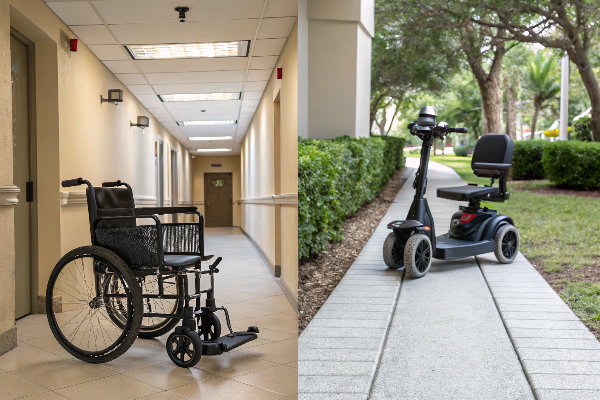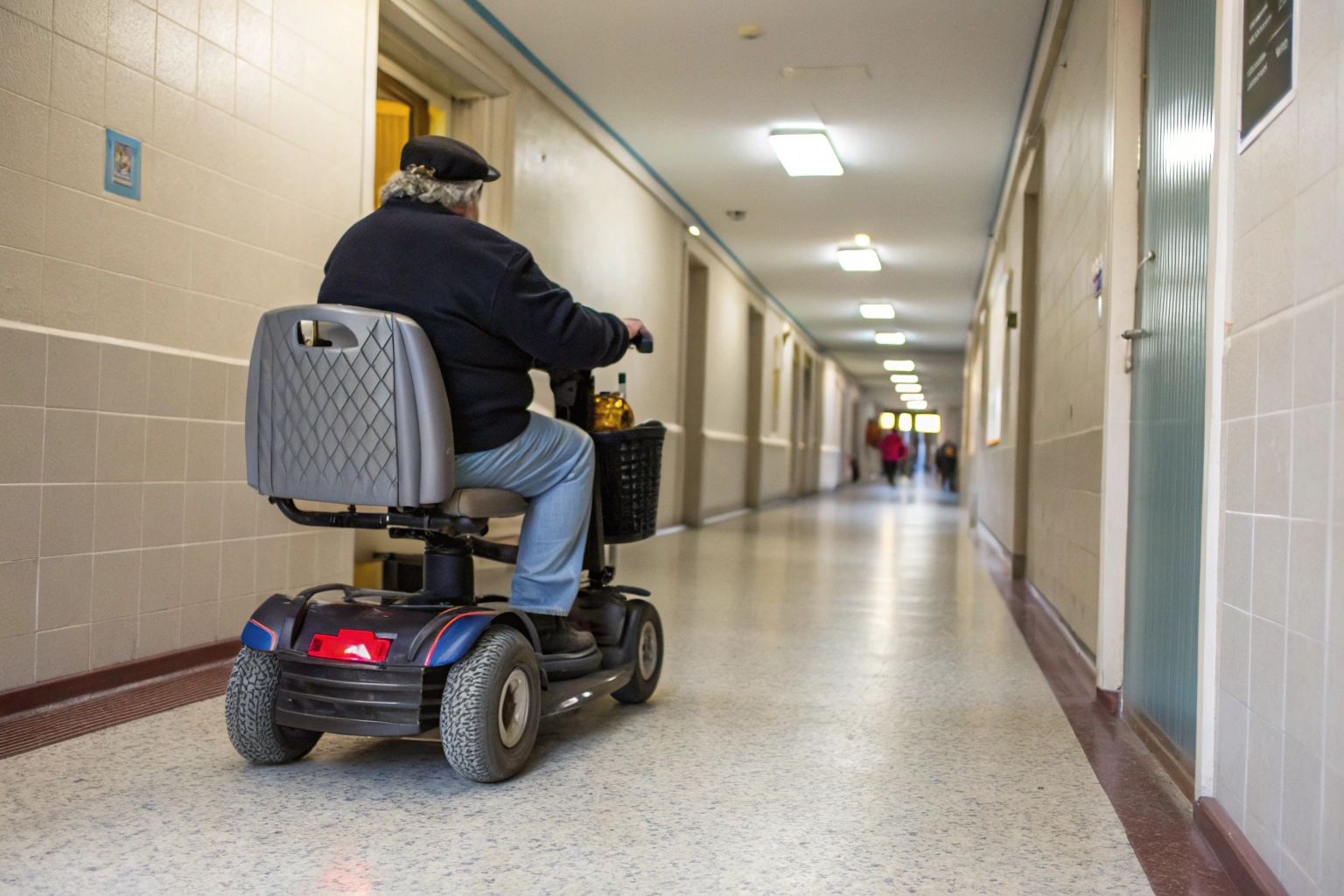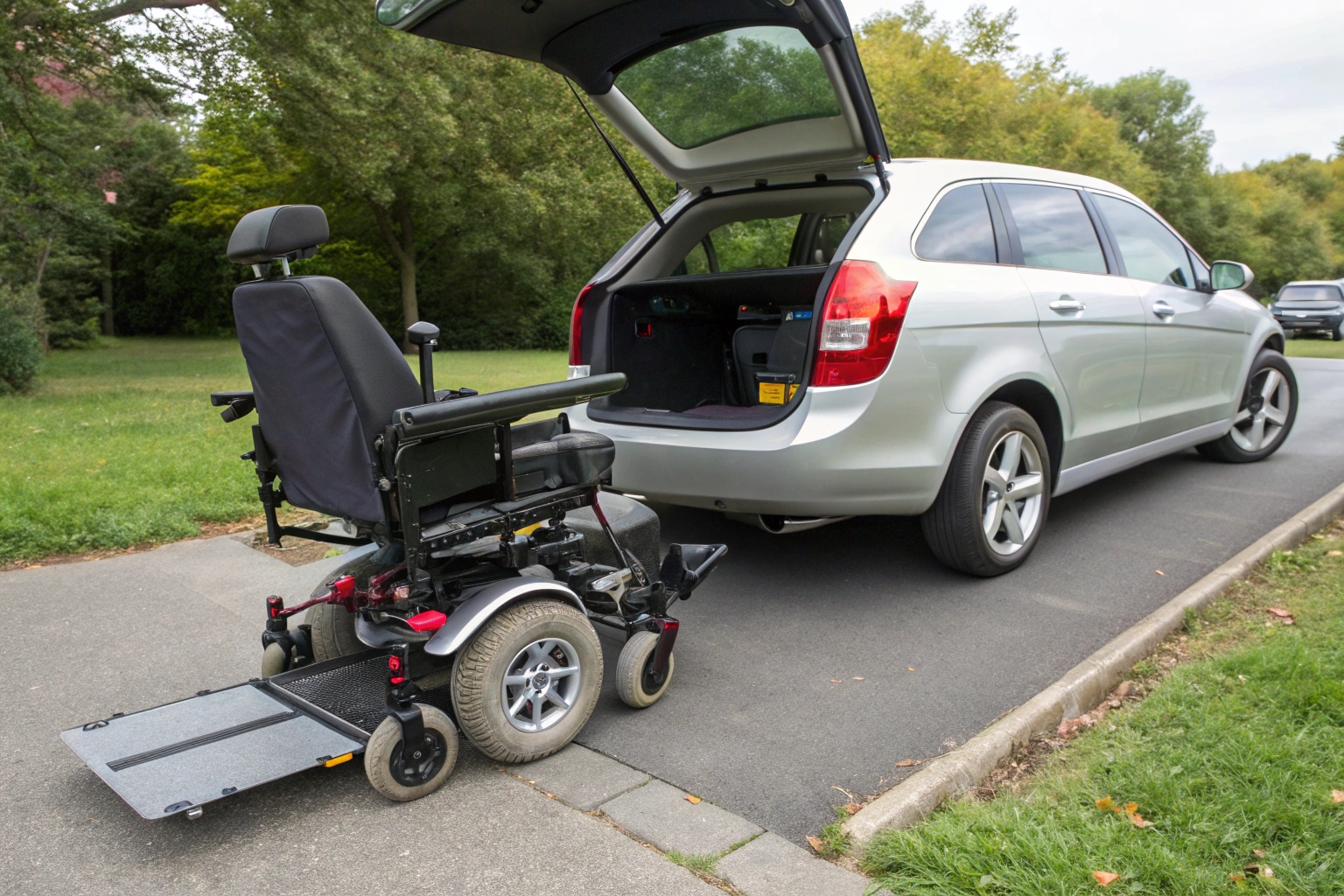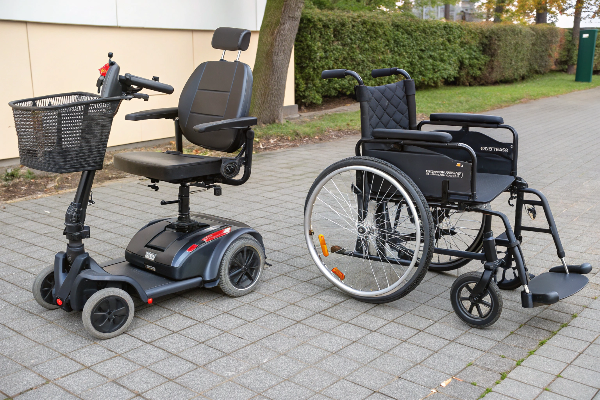Choosing a mobility aid is a big decision. Making the wrong choice can lead to frustration and limit your freedom. I can help clear up the confusion between these two options.
An electric wheelchair is best for users with significant mobility challenges who need close-quarters maneuverability, especially indoors. A mobility scooter is better for users with more stamina who need to travel longer distances outdoors and carry items, offering greater speed and range.

Choosing between these two devices is one of the most common questions I get from importers and even project managers for retirement communities. They look similar, but they solve very different problems. A wrong choice doesn't just waste money; it can seriously impact a person's quality of life and independence. In my work, I've seen customers make the right choice and gain a new lease on life, and I've also helped clients who bought the wrong product from somewhere else and needed a better solution. Let's break down the details so you can make an informed decision for yourself or your customers.
Which is better, a mobility scooter or an electric wheelchair?
Are you feeling confused about which one to choose? You might worry about making a costly mistake. The right choice really depends on the user's physical abilities and daily needs.
An electric wheelchair is better for indoor use and for people with significant physical limitations. A mobility scooter is better for outdoor travel and for users who can walk short distances but lack stamina.

When a new B2B client contacts me, the first thing I ask is not "what product do you want?" but "who will be using it, and where?". The answer to that question tells me everything. An electric wheelchair is fundamentally a tool for support. A mobility scooter is a tool for transport.
Think of it this way. An electric wheelchair is designed for someone who may have trouble standing or walking on their own. The controls are simple, often a joystick, because the user may have limited hand dexterity. The turning radius is very tight, perfect for navigating narrow hallways and doorways inside a house. We often see these requested by care facilities or for users who need assistance with daily tasks like moving from the chair to a bed. It's classified as a medical device for a reason; its main job is to provide essential mobility within a smaller, controlled space.
A Mobility Scooter, on the other hand, is for someone who can still get around but gets tired easily. This user can stand up, walk a bit, and sit down on the scooter's seat. It's built for longer distances. The speed is higher, the battery life is longer, and it often has storage baskets. I have supplied these for large residential communities, resorts, and even for workers who need to cover a lot of ground on a large campus. It fills the gap between walking and driving a car.
Here is a simple breakdown I use with my clients:
| Tampok | Electric Wheelchair | Mobility Scooter |
|---|---|---|
| Ideal User | Limited or no walking ability, needs high support | Can walk short distances but has low stamina |
| Main Use | Indoors, tight spaces, daily assistance | Outdoors, longer distances (over 5km), errands |
| Controls | Joystick, simple for limited dexterity | Handlebar steering, like a bicycle or moped |
| Classification | Often a medical device | A personal mobility vehicle, not always medical |
| Support | High level of postural support | Basic seat, requires good core and upper body strength |
What are the disadvantages of mobility scooters?
Mobility scooters seem perfect for getting out. But you might worry they are too big for certain situations. It's smart to consider their real-world limits before making a choice.
The main disadvantages of mobility scooters are their large size and wide turning radius, making them difficult for indoor use. They also require the user to have good balance and upper-body strength.

A client of mine once ordered a container of mobility scooters for a chain of small, local grocery stores. The idea was to help elderly shoppers. The problem was, the store aisles were narrow. The scooters couldn't make the turns at the end of the aisles without a lot of difficult maneuvering. The project was not as successful as they hoped. This story shows the biggest issue with Mobility Scooter: they need space.
Their size is a major drawback for indoor use. While great for parks or wide sidewalks, they are clumsy inside a small apartment, a crowded shop, or a busy doctor's office. The turning circle is much larger than a wheelchair's.
Another point to consider is the user's physical ability. Operating a scooter requires more than just sitting down. The user needs:
- Good upper body strength: To steer with the handlebars, especially for long periods.
- Core stability: The seats are not as supportive as a wheelchair's, so the user has to be able to sit upright without support.
- Mobility to get on and off: The user must be able to stand and turn to get into the seat, which isn't possible for everyone.
- Dexterity: You need to operate the throttle and brakes on the handlebars.
Finally, transporting them can be a hassle. While some smaller models can be disassembled, they are still heavy and bulky. You often need a dedicated vehicle lift or a large car trunk to move them around.
What are the disadvantages of an electrical wheelchair?
An electric wheelchair provides great support. But you might wonder if it’s too slow or limiting for an active lifestyle. Let’s be honest about the downsides before making a choice.
The primary disadvantages of electric wheelchairs are their slower speed, shorter travel range, and heavy weight. This makes them less ideal for long-distance travel and difficult to transport in a standard car.

I remember a conversation with an importer from a sunny, coastal region in Europe. His customers wanted to travel along the long boardwalks by the beach. He initially considered electric wheelchairs for their stability. However, he quickly realized they were too slow for this purpose. The users would feel left behind by friends and family who were walking or cycling. He ended up ordering mobility scooters from my factory instead.
This highlights the main drawback: they are not built for speed or distance. While perfect for navigating a home, they can feel very restrictive outdoors. The world can feel like it’s moving in fast-forward while you’re limited to a slow walking pace. The battery range is also typically shorter than that of a scooter built for travel.
Weight is another big issue. Electric wheelchairs are heavy. They have big motors and batteries, and a sturdy frame designed for support. You can’t just fold one up and pop it in the trunk of a car. To transport one, you usually need a specialized van with a ramp or a lift. This lack of portability can be a serious limitation for people who want to travel or be driven to different locations by family. Finally, for some, there is a psychological factor. An electric wheelchair can look very “medical,” and some people prefer the more recreational look of a scooter.
What is the difference between a mobility scooter and a manual wheelchair?
You may be considering a mobility scooter. It's helpful to know how it differs from a standard manual wheelchair. The choice is about power, independence, and the user's physical strength.
A mobility scooter is a battery-powered vehicle for users who can walk but tire easily over distance. A manual wheelchair relies on the user's upper body strength for propulsion and is for basic mobility.

Understanding this difference is key, as it defines the user’s entire mobility experience. I often explain it to clients by separating the concepts of “transport” and “mobility.” A scooter is for transport over distance, while a manual wheelchair is for fundamental mobility where walking isn’t an option.
A manual wheelchair is the most basic form of mobility aid. It requires the user to have enough strength in their arms and shoulders to push the wheels. Or, they need someone else to push them. They are generally lightweight, often foldable, and easy to put into a car. This makes them very portable for short trips. Their main purpose is to get a person from point A to point B when they cannot use their legs at all.
A Mobility Scooter is a completely different concept. It’s a personal electric vehicle. The user doesn’t provide any power; the motor and battery do all the work. It’s designed for independence over much longer distances than anyone could cover in a manual wheelchair. It is for the person who says, “I can get around my house fine, but I can’t walk to the store two kilometers away.”
Here’s a quick table to show the key differences:
| Tampok | Mobility Scooter | Manual Wheelchair |
|---|---|---|
| Power Source | Electric Motor & Baterya | User's Arms or an Assistant |
| User Ability | Can stand/walk; low stamina | Cannot walk; needs good upper body strength |
| Pinakamahusay para sa | Outdoor travel, long distances | Indoor use, short distances |
| Independence | High (user controls speed & distance) | Moderate (limited by strength/endurance) |
| Portability | Heavier, often needs a vehicle lift | Lightweight, often foldable and transportable |
Konklusyon
The right choice is personal. An electric wheelchair offers support for indoor life. A mobility scooter provides independence for outdoor travel. Choose based on ability, not just the product.

